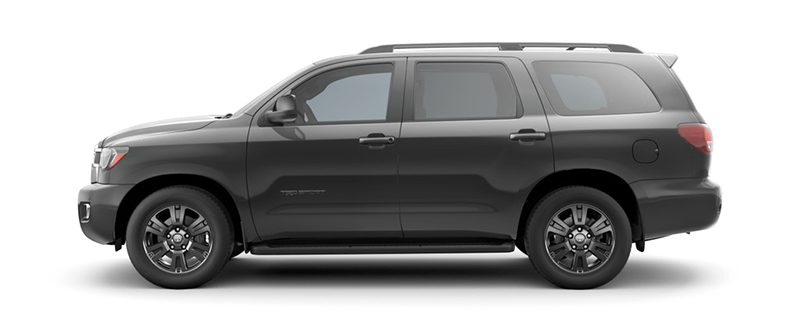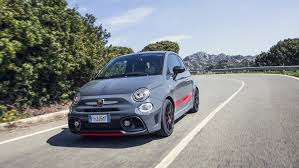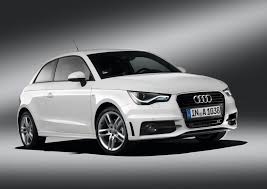


This edition of the Porsche Panamera S E Hybrid 3.0 V6 is the 8 speed / Auto version and was first brought out in 2013. This was at around the same time as the introduction of the 2014 Tesla Model S P100D Ludicrous Performance and the 2014 Koenigsegg One 1 5.1 V8 Twin Turbo.This particular Porsche Panamera has a 2995cc Turbo and Supercharged Hybrid powerplant with 6 cylinders in a V formation.
The Panamera shares its Hybrid V6 engine configuration with the likes of the If you're looking for other fast cars which share the Panamera's Rear Wheel Drive, Saloon combination then how about the 1982 Fiat X1/9 1.5 8V or the 1965 Aston-Martin DB6 1965.
Weighing in at 2095 kgs (4618 lbs) this makes the Porsche Panamera S E Hybrid 3.0 V6 in the same weight category as the 2020 BMW X4 M40d 3.0 Turbo or the give or take 50kg.
In terms of power the 2995cc 24V V6 engine produces 328 bhp (244 kW) @ 5500 rpm similar to the 2024 Mazda CX-90 S 3.3 Turbo (340 bhp) or the 2023 Porsche Cayenne Coupe 3.0 V6 Turbo (348 bhp).
The Turbo and Supercharged V6 throws out 325 lb-ft (440.6 Nm) @ 3000 rpm placing it with cars of similar torque performance figures such as the 2023 Porsche Boxster Spyder RS 4.0 982 (332 lb-ft) or the 2023 Porsche Cayenne E-Hybrid 3.0 V6 Turbo (310 lb-ft).
If one combines the weight with power or torque performance for the Porsche Panamera you can get a better idea of it's real world performance.
![Nissan 300ZX Version S Twin Turbo - [1998] image Nissan 300ZX Version S Twin Turbo - [1998] image](/editionimages/1074.jpg)
The 1998 Nissan 300ZX Version S Twin Turbo (181.5 bhp per ton) has similar Bhp Per Ton stats as the Porsche Panamera.
The Porsche Panamera has a Power to weight ratio of 156.5 bhp per ton and 155.1 lb-ft per ton. Bhp Per Ton figures of the 2013 Panamera competing with the 1998 Nissan 300ZX Version S Twin Turbo (181.5 bhp per ton) or the 1990 Toyota Supra 2.5 Twin Turbo (181.5 bhp per ton).
If you agree with the late great Carroll Shelby then arguably an even better indicator of potential performance, Torque. Use weight as well and you end up with - Torque per ton, with the Porsche Panamera generating around 155.1 lb-ft per ton. If you're curious as to what other cars have as much torque to weight then look no further than the 2012 Audi R8 Spyder 4.2 V8 FSI Quattro S-Tronic (180.1 lb-ft per ton) or the 2006 BMW Z4 3.2 M Coupe 2d (179.9 lb-ft per ton).
With a 0-60mph time of 5.40 secs or a 0-100km/h (0-62mph) of 5.6 secs, this made the Porsche Panamera S E Hybrid 3.0 V6 as fast as the 2023 Porsche Cayenne Coupe 3.0 V6 Turbo (5.40 secs) the 2023 Porsche Cayenne 3.0 V6 Turbo (5.40 secs) the 2019 Volkswagen-VW Golf GTi TCR 2.0 Turbo (5.40 secs) the or the 2019 Jaguar F Type 2.0 Turbo Cabriolet (5.40 secs). This Porsche Panamera S E Hybrid 3.0 V6 is also faster than the 2019 Ford Focus ST 2.3 EcoBoost (5.50 secs) the 2017 Honda Civic Type R 2.0i 16v Turbo - FK8 (5.50 secs) the 2017 Seat Leon SC Cupra 300 (5.50 secs) the and the 2017 Seat Leon Cupra 300 DSG (5.50 secs).
When talking about the performance of the Porsche Panamera on the drag strip it can reach a quarter mile in an estimated 15.27 secs @ 89.6 mph. Similar performance down the quarter mile can be found with the the 2003 Rolls-Royce Phantom Saloon 4d (15.20 secs), the 2017 BMW 5 Series 54.d xDrive Touring G31 (15.22 secs), and the 1992 Mazda RX7 Turbo (15.23 secs).
Modern performance cars are often artificially restricted to 155mph. The 2013 version of the Porsche Panamera S E Hybrid 3.0 V6 has a maximum speed of 168mph.
If maxing out your car on the AutoBahn is your thing and you're wondering what's faster than the 2013 Porsche Panamera S E Hybrid 3.0 V6 then how about the 2020 Porsche Boxster GTS 4.0 PDK 982 (179 mph), the 2017 Maserati GranCabrio Sport 4.7 V8 (179 mph), or the 2017 Maserati Quattroporte S Q4 3.0 V6 Twin Turbo (179 mph).










Peugeot 308 GT 2.0 Blue HDI 180
Engine: Turbo Diesel | 1997cc 16v St4
Top Speed: 137 mph
0-60mph: 8.10 seconds

Mercedes SL Class 500SL V8 R107
Engine: Naturally Aspirated Petrol | 4973cc 16v V8
Top Speed: 225.3 kph
0-100kph: 7.7 seconds



















